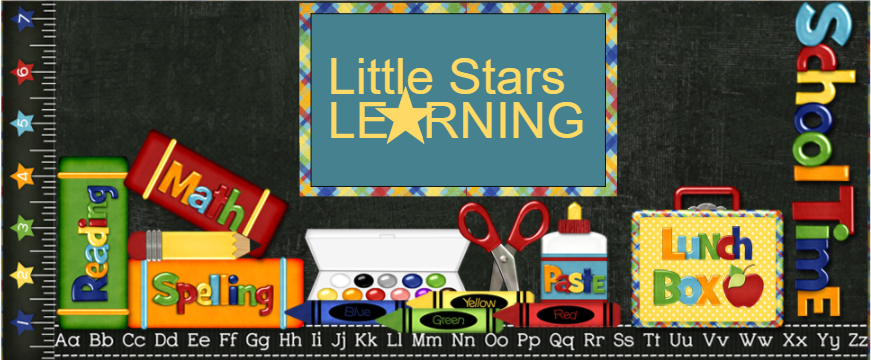One of the moms told me this morning that her son, this little guy who turned 2 three weeks ago, had performed 1-to-1 correspondence counting last night to 12. I wasn't surprised. That is how I teach counting. We count THINGS, not just count. Mainly because I believe in getting every sense possible into the mix in any learning activity. Correspondence counting uses sight, hearing, speech and movement. Children really need movement to retain information. He's not the first of my students to do this at such a young age.
I start teaching math from birth. Or rather, when they first come to childcare. We work on 1-2-3. Even toddlers can work on getting that it is ALWAYS 1-2-3, never 2-3-1, etc. That is a very important concept for math and reading. Soon after I began teaching, I realized that "ready, set, go!" didn't teach them anything relevant to our goals. So I changed to
1-2-3
which we use a LOT for games and play, and found that almost instantly the math understanding shot up in my little ones. | Not MY stairs, mine are NEVER that clean. |
"0-2-4-6-8 EVEN numbers are really GREAT"
clapping each syllable [1-1 correspondence again]
then lifting our arms and punching the air alternately
"1-3-5-7-9 ODD numbers are pretty FINE!"
Jumping at the end with our arms up.
Since the children start circle time participation, as they want to, around 18 months, they see this as just another song/movement activity until the odd/even math switch kicks in. Then, they just get it. It's already there, they just need the paradigm shift to understand and utilize the information they already have stored.
If you have viewed my other posts, you see that we count EVERYTHING. Even with the toddlers. Learning takes repetition.
Some infant/toddler games that work 1-2-3, 1-1 correspondence and number order conventions:
Cross Over [also works on crossing the mid-line]
- Lay child down.
- Hold child's hands or feet out,
- Move them across their body to their side, child's left to their right first, "ONE,"
- Then right to left "TWO"
- Then put them on their head and shake a little "THREEEEE!!"
- Repeat a few times.
- Hold child standing, fully supported on your lap, bounce lightly saying "ONE, TWO," then lift up high on "THREEEEEE".
- Repeat a few times.
- Hold child sitting with your hands behind the head.
- Bounce back just a little on "ONE, TWO" lowering your tone as you count
- In a deep tone, "THREEEEE" lower them down through it
- Bounce the infant on your lap, "ONE, TWO" raising your tone as you count
- In a high tone, "THREEEEE" raise them up through it
- Facilitate the infants working those tummy muscles to sit him/herself back up when developmentally appropriate.
Touch Counting
- Sit child before you
- Touch child's left shoulder, say in sing-song voice, "ONE"
- Touch child's head and continue, "TWO"
- Touch child's right shoulder, "THREE"
- Repeat a few times, making a little ditty out of it. I usually make faces and change my voice up. For this activity ALWAYS go left-to-right on the child's body, don't reverse.
Remember that children's attention spans are approximately 1 minute per year of age. So an infant only has a few seconds of attention span. I will keep doing the activity as long as the child is actively engaged.
Tags: infant, toddler, math, crossing the mid-line, mid-line, counting, numbers, 1-to-1 correspondence, one-to-one correspondence, left, right, left/right conventions, conventions, teaching, preschool, childcare, daycare, pre-k, prek, early learning, early, child, care, birth,

















No comments:
Post a Comment
Note: Only a member of this blog may post a comment.